Naujienos
„iHorror“ kalba apie beždžiones ir kiną su apdovanojimais apdovanotais guru Danu Lemmonu ir Gino Acevedo

Dan Lemmon. Photo by Frazer Harrison – 2015 Getty Images – Image courtesy gettyimages.com & IMDb.com
Interview With Award Winning Weta Visual Effects Supervisor Danas Lemmonas
Ryanas T. Cusickas: Hey Dan! How are you?
Dan Lemmon: I am good, how are you?
PSTN: I am doing pretty good, thanks for taking my call. Can you tell me what your background was before you were involved with digital effects?
D.L.: I was a student before, and I grew up loving movies especially Sci-Fi, Action effects kind of movies. Movies of all kinds. When I was a kid I did not get a chance to go to the movies much, my family didn’t have a lot of money. During the summer time, they had a program, and you can go and buy a book of movie tickets, I think it was basically a way to keep the kids occupied. Myself along with a few of the neighborhood kids would go down to the theater, and there would be all kinds of different screenings, some better than others. Every once in awhile you would get Į Gooniesarba IR, some of those hallmark classic movies from the 80s’. Indiana Džounsas was another, and that film was a controversial one for me because my parents didn’t want me watching it but we snuck in and saw it anyway [Laughs].
PSTN: That is awesome! I love hearing stories like that. [Laughs]
D.L.: It was a really special thing when we got to see a movie. When I got into high school, I had a friend that felt the same way. On the weekends we would spend our time making our short little films with our 8mm video camera. My friend had a little sound mixing desk that we would use, and he went on to become an animator, he was a really talented artist. He was an animator and storyboard artist on The Simpsons for years and years, and I am over here in New Zealand making visual effects.
PSTN: Was there ever any movie that ever “spoke,” to you and you said to yourself, ‘This is what I want to do?”
D.L.: I was crazy about Žvaigždžių karai just like about every other boy my age. I was pretty young when Imperija came out. I had seen Imperija and the original on VHS at slumber parties. I can remember when Jedi came out. For like a year leading up to the release that is all my friends and I could talk about, „Jedi“ sugrįžimas and we were so excited when it first came out. It was the coolest thing ever; there was no disappointment I did not feel let down at all, I enjoyed every minute of it, that was a big one. As I got a little bit older and I was in high school, two films had a significant impact. One was Terminator 2; I was a big Stan Winston fan already. When Terminatorius 2 came out that was game changing in terms of the marriage of practical effects and these new digital effects; it was just mind boggling the imagery that was created. The next year was Jūros periodo parkas, and that was the film for me that made me say “that is what I want to do.” All I wanted to do was to make creatures.
PSTN: I can remember seeing jūros periodo parkas for the first time, I was like twelve or thirteen, and seeing the 1st dinosaur on screen was just amazing, and definitely a game changer.
D.L.: Yes, [Excitingly] and with the John Williams score, the film opens up and you are dropped into this meadowy area, and then there is a giant reveal, and there are brontosauruses and they’re just there, and it doesn’t look like stop motion. You look back on the film now, and you can see a few things that you would do differently with the advanced technology, but I still think so much of it holds up so well.
PSTN: I agree and the same with Terminatorius 2 it is a timeless piece, and I think it holds up just as well.
D.L.: I think that there is some charm to the rough edges, I love Vaiduoklis and the way that you can put a story together, using the tools that they had available as long as the execution within that framework is competent. There is a certain amount of disbelief that you have walking into a theater anyway, sitting in a dark room with a bunch of other people pretending it is real life, even if it is theater, the sets aren’t real and time is compressed, there are just a lot of things that you accept. I think that with effects the bar continues to get raised higher and higher, there is less that the audience has to fill in with their mind. In some ways, a really good story-teller uses the audience’s minds to fill in the blank. How many times have you watched a monster movie and you have been totally hooked and then when the monster is revealed it turns out to be utterly disappointing? Something happens inside your head that in some ways is so much richer and more evocative than explicitly painting the whole picture and I think those are the hallmarks of a terrific storyteller is to leave those gaps and have the audience to ask good questions and to fill in the blanks themselves.
PSTN: Most definitely. You are right; storytelling does revolve around letting the person watching the film create the monster in their mind, and yeah I have been disappointed before [Laughs]. For Beždžionių planeta can you explain the process of capturing an actor’s performance and then replacing him or her with an Ape?

Karas dėl beždžionių planeta (2017) Courtesy of 20th Century Fox & bnlmag.com

Karas dėl beždžionių planeta (2017) Courtesy of 20th Century Fox & bnlmag.com
D.L.: Yeah, the idea in many ways is similar to a traditional prosthetic creature. You are using an actor to drive a character, and you are just changing the appearance of an actor. This is one of the things that we set out to do when making Beždžionių planeta; it was a tradition that we really wanted to honor with the original 1968 Beždžionių planeta. John Chambers, he won an award for makeup before there was even an Academy Award for makeup, they invented a special category just for his work on that movie. It wasn’t until about thirteen years later that they officially made a makeup category, so that is pretty remarkable. The idea that you take an actor like Roddy McDowall you put him in a chair and you apply prosthetics and appliances and extensive makeup, and suddenly they would be changed into this creature that does not look anything like Roddy McDowall. It has its own appearance that the audience will respond to differently than they would if it was a human actor. The more that he looks like an Ape, the more of a response from the audience. We definitely want to honor that tradition. One of the challenges, when we set out to make the first movie Rise it, was intended to be an origin story it aimed to tell the story of where these super intelligent apes came from. At the beginning of the movie, they had to appear indistinguishable from the apes that you would see in a documentary or zoo. Unfortunately with humans in a suite even with the best makeup, it is tough to get them to look 100% real. The body proportions of chimpanzees and humans are so different. Chimpanzees arms are so much longer, and their legs are so much shorter, and the way that the head is attached to the torso and just the physical strength and the proportions of the rest of the body is so much different we thought we could make them much more realistic by creating the characters digitally. We still wanted actors to drive those characters, and it was something that we had a lot of success with in the past with Andy Serkis in creating Gollum. He brought so much to that role. If he had been just doing the voice in a booth, it would have been an entirely different thing. Having an actor present in the scene, working with the other actors to refine the scene, working with the director to refine the performances everybody just does a better job when you can get everyone in the room acting with each other at the same time.
Per Lord of the rings, King Kongasir ypač Avatara we used this technology called motion capture and then we kind of extended it to where we call it performance capture, which is recording everything that an actor does with their body and does with their face as they do it and then taking that recording and applying it to a digital character. Normally it happens with a dedicated place, basically like a sound stage, you’ve got a lot of equipment, banks of computers, you’ve got sixty cameras or so – special motion capture cameras that only see invisible infrared light. You rig up the actors in a way that they have little dots, they are reflective dots and those little reflectors reflect infrared lights from the cameras back to the cameras. The cameras see little white dots moving around on the black background and all the cameras compare what it knows about all of the white dots on the black background and the computer reconstructs dots moving in 3D space.
Through a process, we take a puppet that we have built that matches the actor’s portions and we fit that puppet to those dots, so now we have a digital puppet of the actor moving around the same way that those dots are moving. There is also a process called retargeting where we take that actors movement on their puppet and we apply it to a puppet that matches the character that they are playing. In the case of Caesar Andy Serkis’s movement on the puppet and we are applying it to the Caesar puppet that has longer arms and shorter legs, and that is what the retargeting process is all about.

Karas dėl beždžionių planeta (2017) Courtesy of 20th Century Fox & bnlmag.com

Karas dėl beždžionių planeta (2017) Courtesy of 20th Century Fox & bnlmag.com
There is a certain movement that we do not pick up that is part of the performance capture process, like finger and toe animation, that stuff we have to add in manually, keyframe it. There is a lot of editing that the animators often have to do in order to refine the data and make it look 100% correct. Facial animation is a huge thing, we have some tools that help analyze. We paint this funny little dots on the actor’s face along with a little camera that attaches to their helmet and it records how those dots move around. The computer can only give us so much information on what those dots mean in terms of facial expression and it requires those trained eyes and hands of facial animators to go in and dial in those particular facial expressions and make them look as much like Andy Serkis doing his acting on that day. That is a real skill and that is something those girls and guys get better and better at as they do more and more of that kind of work.
On The Planet of the Apes movies we wanted to move off of the dedicated sound stage and take that technology on location out onto a working movie set and that was a whole other engineering and procedural pipeline figuring out process where we had to figure out how to take a system that normally fits into a giant room with lots and lot of computers that can take up to several weeks to setup and we had to figure out how to make it portable and set it up on a working movie set in a manner of 15-20 minutes.
PSTN: That is amazing. How many people were on your team?
D.L.: On a large capture day we probably have about 30 crew on set. I would say half a dozen of those are our common visual effects presence. We’ve got data wranglers, reference photographers, myself as visual effects supervisor, producers, a few of these traditional roles.
PSTN: Thank you so much for speaking with me today it was truly a pleasure, and I hope that we can do it again in the future.
D.L.: The pleasure was all mine.
„Pilietinio karo“ apžvalga: ar verta žiūrėti?
Sekite mūsų naująjį „YouTube“ kanalą „Paslaptys ir filmai“ čia.

kinas
Filmo „Evil Dead“ franšizė gauna DVI naujas įmokas
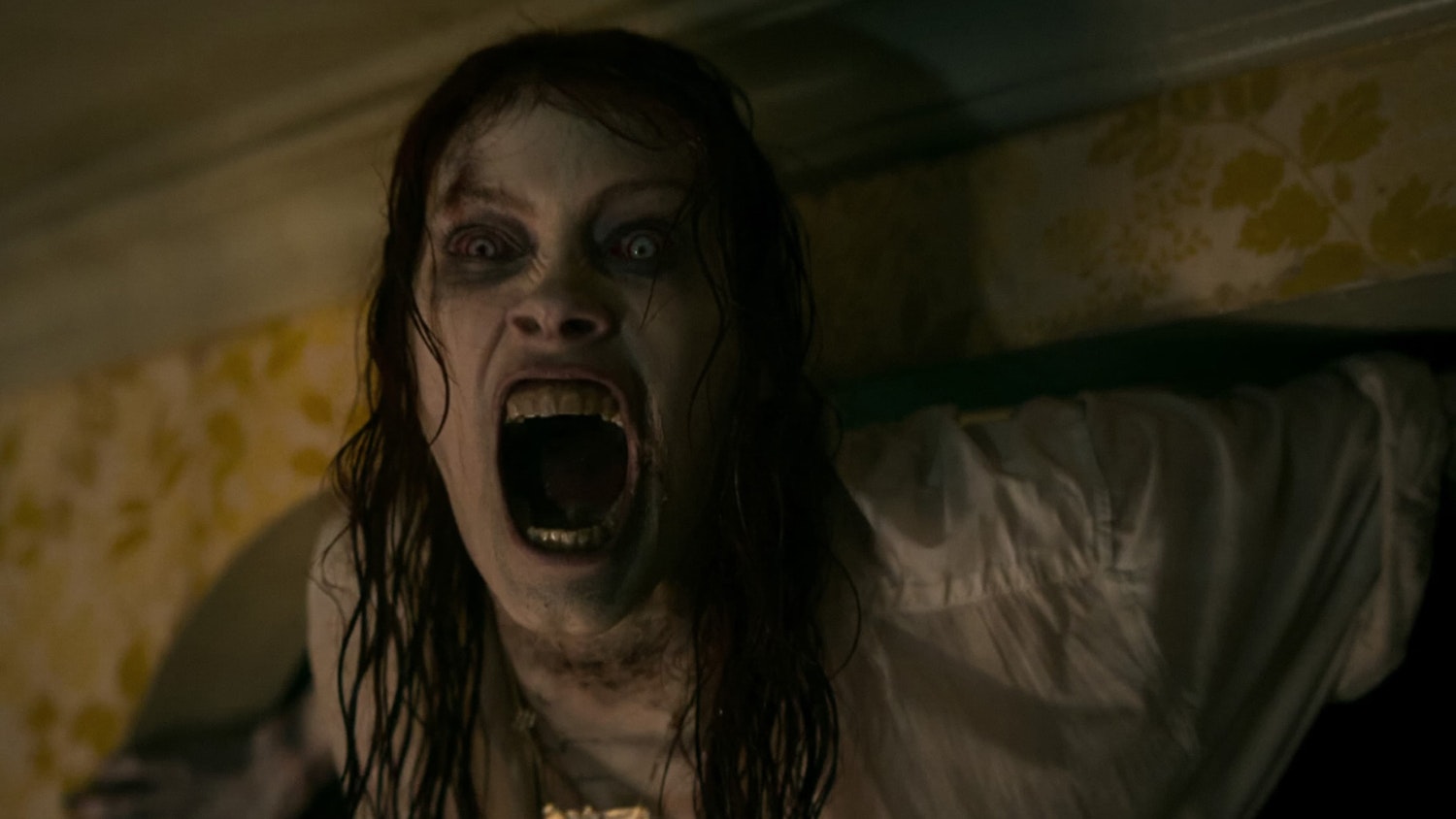
Fede'ui Alvarezui kilo pavojus iš naujo paleisti Samo Raimio siaubo klasiką Evil Dead 2013 m., tačiau ši rizika pasiteisino ir dvasinis jos tęsinys Blogieji mirusieji prisikelia 2023 m. Dabar Deadline praneša, kad serialas pasirodo ne vienas, o du švieži įrašai.
Mes jau žinojome apie Sebastienas Vaničekas būsimas filmas, kuris gilinasi į Deadite visatą ir turėtų būti tinkamas naujausio filmo tęsinys, bet mes esame platūs, kad Pranciškus Galluppi ir Vaiduoklių namų nuotraukos vykdo vienkartinį projektą Raimi visatoje, pagrįstą an idėja, kad Galluppi stojo pačiam Raimiui. Ši koncepcija yra slepiama.

„Francis Galluppi yra pasakotojas, kuris žino, kada mums reikia laukti tvyrant įtampai, o kada smogti sprogstamuoju smurtu“, – „Deadline“ sakė Raimi. „Jis yra režisierius, kuris debiutuodamas demonstruoja neįprastą kontrolę.
Ši funkcija pavadinta Paskutinė stotelė Jumos apygardoje Jis bus išleistas Jungtinėse Valstijose gegužės 4 d. Jame pasakojama apie keliaujantį pardavėją, „įstrigusį Arizonos kaimo poilsio stotelėje“ ir „į baisią įkaito situaciją, kai atvyksta du banko plėšikai, kurie nesijaudina dėl žiaurumo. arba šaltas, kietas plienas, kad apsaugotų jų krauju suteptą turtą.
Galluppi yra apdovanojimus pelnęs mokslinės fantastikos / siaubo šortų režisierius, kurio pripažinti darbai apima Aukštosios dykumos pragaras ir Dvynių projektas. Galite peržiūrėti visą redagavimą Aukštosios dykumos pragaras ir anonsas Dvyniai žemiau:
„Pilietinio karo“ apžvalga: ar verta žiūrėti?
Sekite mūsų naująjį „YouTube“ kanalą „Paslaptys ir filmai“ čia.
kinas
„Nematomas žmogus 2“ yra „arčiau nei kada nors buvo“.

Elisabeth Moss labai gerai apgalvotame pareiškime sakė interviu forumas Laimingas Liūdnas Sumišęs kad nors ir kilo tam tikrų logistinių problemų Nematomas žmogus 2 horizonte yra viltis.
Podcast'o vedėjas Joshas Horowitzas paklausė apie tolesnius veiksmus ir ar samanos ir režisierius Leigh Whannell buvo arčiau sprendimo, kaip jį pagaminti. „Esame arčiau nei kada nors buvę, kad jį sulaužytume“, – plačiai išsišiepęs pasakė Mossas. Galite pamatyti jos reakciją 35:52 pažymėkite žemiau esančiame vaizdo įraše.
Whannellas šiuo metu yra Naujojoje Zelandijoje, kur filmuojasi kitame filme „Universal“, žmogus-vilkas, kuri gali būti ta kibirkštis, kuri uždega nerimą keliančią „Universal Dark Universe“ koncepciją, kuri neįgijo jokio pagreičio po nesėkmingo Tomo Cruise'o bandymo prisikelti. Mumija.
Be to, podcast'o vaizdo įraše Mossas sako, kad taip yra ne viduje žmogus-vilkas filmas, todėl bet kokios spėlionės, kad tai kryžminis projektas, lieka ore.
Tuo tarpu „Universal Studios“ stato ištisus metus veikiančią vaiduoklių namą Las Vegasas kuriame bus demonstruojami kai kurie jų klasikiniai kino monstrai. Priklausomai nuo lankytojų skaičiaus, tai gali būti paskatinimas, kurio studijai reikia, kad auditorija dar kartą domėtųsi savo kūrinių IP ir gautų daugiau pagal juos sukurtų filmų.
Las Vegaso projektas turėtų būti atidarytas 2025 m., Sutapus su nauju tinkamu pramogų parku Orlande. Epinė visata.
„Pilietinio karo“ apžvalga: ar verta žiūrėti?
Sekite mūsų naująjį „YouTube“ kanalą „Paslaptys ir filmai“ čia.
Naujienos
Jake'o Gyllenhaalo trilerio „Manoma, kad nekaltas“ serija buvo išleista anksčiau
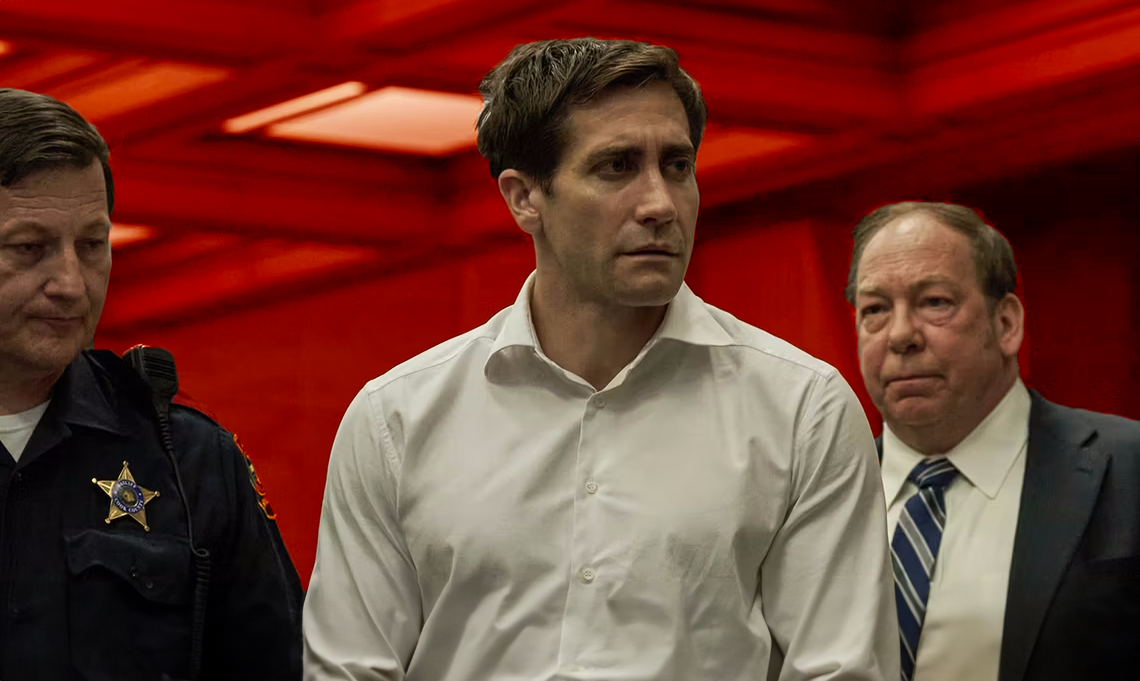
Jake'o Gyllenhaalo ribota serija Laikomas nekaltas krenta per AppleTV+ birželio 12 d., o ne birželio 14 d., kaip iš pradžių planuota. Žvaigždė, kurios Kelių Namas perkraukite atnešė prieštaringų atsiliepimų apie „Amazon Prime“, pirmą kartą po pasirodymo jame naudojasi mažu ekranu Žmogžudystė: gyvenimas gatvėje 1994.
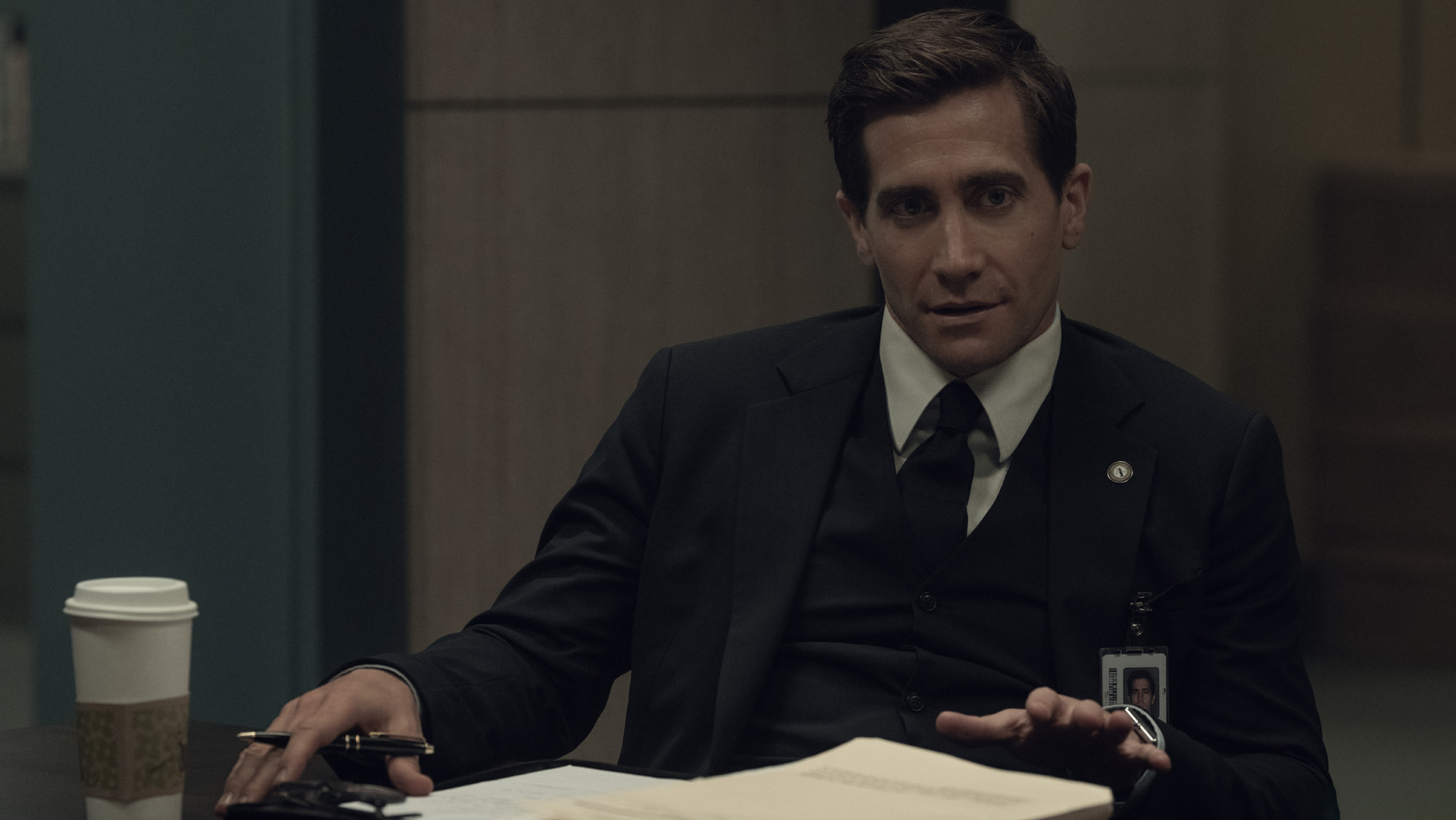
Laikomas nekaltas gamina Davidas E. Kelley, JJ Abramso blogas robotasir Warner Bros Tai 1990 m. Scotto Turow filmo, kuriame Harrisonas Fordas vaidina advokatą, atliekantį dvigubą pareigą kaip tyrėjas, ieškantis savo kolegos žudiko, ekranizacija.
Tokio tipo seksualūs trileriai buvo populiarūs devintajame dešimtmetyje ir dažniausiai juose buvo susuktos galūnės. Štai originalo anonsas:
Pagal Terminas, Laikomas nekaltas nenutolsta nuo pirminės medžiagos: „… Laikomas nekaltas serialas tyrinės apsėdimą, seksą, politiką ir meilės galią bei ribas, kai kaltinamasis kovoja, kad išlaikytų šeimą ir santuoką.
Kitas Gyllenhaal yra Guy Ritchie veiksmo filmas pavadinimu Pilkoje planuojama išleisti 2025 m. sausio mėn.
Laikomas nekaltas yra aštuonių serijų ribotas serialas, kuris bus transliuojamas per AppleTV+ nuo birželio 12 d.
„Pilietinio karo“ apžvalga: ar verta žiūrėti?
Sekite mūsų naująjį „YouTube“ kanalą „Paslaptys ir filmai“ čia.
-
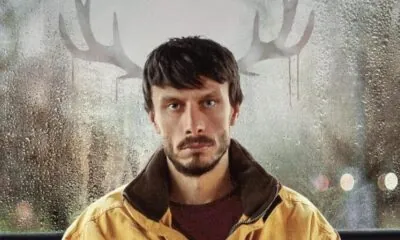
 Naujienosprieš 5 dienas
Naujienosprieš 5 dienasTurbūt baisiausias, labiausiai trikdantis metų serialas
-
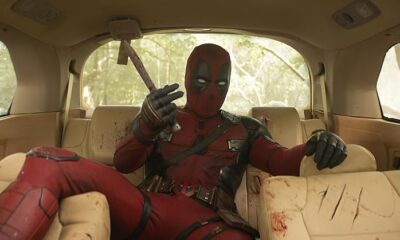
 kinasprieš 6 dienas
kinasprieš 6 dienasNaujas F-Bomb Pakrautas „Deadpool & Wolverine“ anonsas: „Bloody Buddy Movie“
-
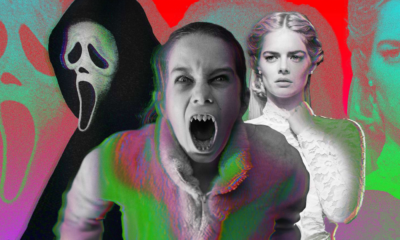
 sąrašaiprieš 5 dienas
sąrašaiprieš 5 dienasJaudulys ir šiurpulys: „Radijo tylos“ filmų reitingas nuo „Bloody Briliant“ iki „Just Bloody“
-

 Naujienosprieš 6 dienas
Naujienosprieš 6 dienasRussellas Crowe vaidins kitame filme apie egzorcizmą ir tai nėra tęsinys
-
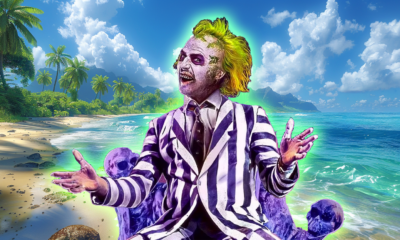
 kinasprieš 5 dienas
kinasprieš 5 dienasOriginalus „Beetlejuice“ tęsinys buvo įdomioje vietoje
-

 kinasprieš 6 dienas
kinasprieš 6 dienas„Founders Day“ pagaliau išleista skaitmeniniu būdu
-

 kinasprieš 4 dienas
kinasprieš 4 dienas„Instagram“ pasirodė šiurpi „2 dalies“ anonsas „Longlegs“.
-
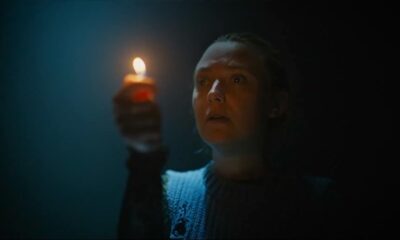
 kinasprieš 6 dienas
kinasprieš 6 dienasNaujasis „Stebėtojų“ anonsas dar labiau papildo paslaptį




















Norėdami rašyti komentarą, turite būti prisijungę Prisijungti